A pair of companies proposing two potential carbon dioxide sequestration facilities tried to extinguish Livingston Parish residents’ concerns and answer any questions involving projects during the nearly five-hour meeting Tuesday night.
Over 150 people crammed into the Livingston Parish Council Chambers, and of those in attendance, a majority had similar thoughts.
“We don’t want this,” shouted one resident. Multiple residents shouted in in agreeance.
Gathering more information and asking questions was the purpose of the Livingston Parish Council’s special meeting covering carbon capture injection wells, a topic that many residents and local officials object to.
Carbon capture and storage, a process that involves taking carbon dioxide (CO2) emissions from industrial sites and permanently storing them deep underground, has been an issue in Livingston Parish over the last several weeks, with hubs in development on both ends of the parish.
Residents and officials have voiced opposition to the carbon capture facilities being proposed by Oxy Low Carbon Ventures (OLCV) and Air Products, expressing concerns that the projects could harm the communities and the waterways.

Both companies have tried to quell those fears, saying sequestration will be at least one mile below ground and pose no effect on the waterways. Officials say there is a very small chance for a leak. A representative with Air Products said Tuesday night there are three facilities in the United States similar to the one proposed in Livingston Parish and they’ve had no leaks detected.
“We have interconnected all of these hydrogen plants to create the world’s largest pipeline hydrogen network stretching from the wetlands to Houston, Texas, over 600 miles,” said Nile Bolen, a business area director with Air Products. “We’ve been operating these pipelines for 50 years here. We do it well and we do it safely on pipelines that run through fields, marshes, under the Mississippi River twice through the Atchafalaya Basin, Bonnet Carre Spillway, and even through Lake Pontchartrain.”
“I’ve had people ask me this in conversations,” said Secretary of the Louisiana Department of Natural Resources Tom Harris. “ ‘Secretary Harris, can you absolutely with 100 percent certainty guarantee that a class five well will never contaminate drinking water sources?’ I can’t guarantee with 100 percent, or not willing to, that the sun’s gonna come up in the east in the morning.”
Five state representatives – Valarie Hodges, Sherman Mack, Buddy Mincey, Clay Schexnayder, and Bill Wheat – attended the meeting, as well as officials from the Louisiana Department of Natural Resources (LDNR) and the Department of Wildlife and Fisheries (LDWF).
During the meeting, officials and residents were allowed to ask questions of the two companies, which plan to pump large amounts of CO2 below ground across thousands of acres.
For its project, Oxy Low Carbon Ventures reached an agreement with Weyerhaeuser in March to lease 30,000 acres of land north of Holden. The company plans to use the land to sequester industrial CO2 in underground geologic formations. The operation is expected to be up and running in 2025.
Oxy is gathering geological information on the area through a data will, which has caused frustration for residents who have been bothered by the consistent noise and damage the crews have caused.
The Air Products hub will be on the south end of the parish underneath Lake Maurepas. It is one of three areas the company looks to store CO2 involving the $4.5 billion blue hydrogen energy complex in Ascension Parish.
According to officials with Air Products, CO2 from the plant would be injected in wells across Livingston, St. James, St. John the Baptist, and Tangipahoa parishes a mile underneath state land that includes Lake Maurepas. Air Products plans to have the plant operational by 2026.
One of the first steps is for a 3D seismic survey in Lake Maurepas, which Air Products has planned for October. To limit the disturbance in the lake, the survey work will be broken into six phases. It’s expected to last until the spring.
Near the end of the meeting, council members and state representatives addressed the residents. Some of the elected officials shared similar sentiments with the constituents.
“I will tell you upfront, I’m against the project for many reasons,” Wheat said. “My biggest concern about what has happened with this process is how this whole thing was rolled out. I think there was absolutely a wrong way that it was done to where the public was not educated about what the heck was going on. I know certainly, as a legislator, I needed more information that I never received on this project.
“I think the companies that are bringing these projects to the table right now, they should take a pause, give you the opportunity to go through the process to get all your questions answered appropriately and make sure that we’re comfortable,” he added. “If a project is going to go through, then that’s what needs to happen.”
Council Chairman Jeff Ard said there will be more informational meetings to discuss the carbon capture facilities.
“What I’m trying to get across is that we need more transparency with what’s going on,” said resident Kinion Bankston. “We need more public meetings on what’s going on.”
In September, the Livingston Parish Council approved a year-long moratorium on Class VI injection wells. According to the Environmental Protection Agency, a Class VI well is used to inject CO2 into deep rock formations. Those will be the wells used to hold the CO2 emissions.





Leave a Reply